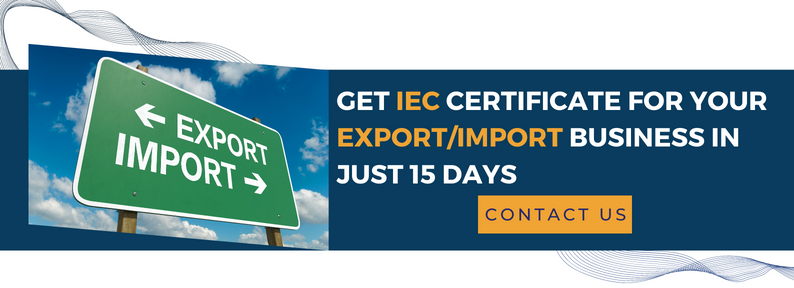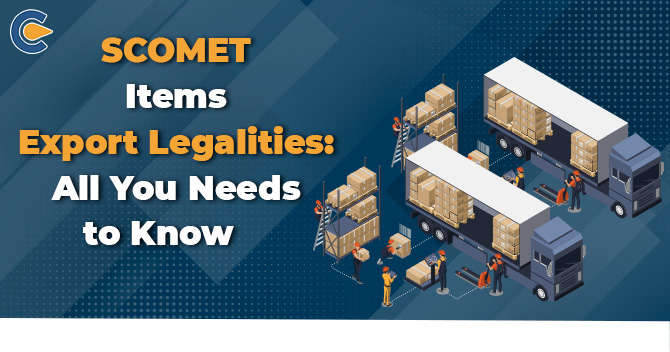Directorate General of Foreign Trade has unveiled a web-based system for business owners who seek tariff rate quota, i.e. TRQ for imports. The new system aimed at advocating the ease of doing business in the nation. The DGFT via a trade notification has clarified that it has a developed a new system, viz e-TRQ System, for application processing. Now all applicants seeking Tariff Rate Quota for imports are required to furnish their application online. DGFT further clarified that licenses for all tariff Rate Quota would be granted digitally & TRQ license data shall be routed to the customs authorities via electronic mode.
The TRQ refers to a framework that permits the importation of a set quantity of particular items. Tariff quotas are generally imposed on strings of items that predominately belong to the agriculture sector. Meat, cereals, dairy products[1] and fruit & vegetables are the most common, and sugar is also eligible for such an arrangement in most producing countries.
Understanding the notion of Tariff Rate Quota
Tariff Rate Quota refers to a two-tiered tariff framework that consolidates dual conventional policy instruments to administer imports. At its core, A TRQ framework permits a minimal tariff rate on the importation of a given item within a prescribed quantity & seeks a higher rate on imports surpassing that quantity.
For instance, a nation might permit the import of 2000 tractors at a tariff rate of 10%, & any tractor shipped above this quantity will encounter a tariff rate of 30%.
Unlike a conventional quota regime, a TRQ framework does not impose any limitation on the number of imported products. The in-quota commitment is set off by an out-of-quota commitment, & the latter does not impose any limitation on the value or quantity of a product that may be imported, but rather applies a higher tariff rate to that particular product. Imports encounter this higher duty rate as soon as the in-quota quantity or value has been reached, or if any requisite linked with the “in-quota commitment” is not met.
A TRQ has normally deemed a measure to safeguard local production by imposing limitations on imports. Under this framework, the quota component consolidates with a prescribed tariff level to render ample protection. In many scenarios, imports above the limit may encounter a restrictive “out-of-quota” tariff rate
Read our article:Step by Step Guide to Raise IE Certification for a Partnership Firm
Potential beneficiaries of Tariff Rate Quota Scheme
TRQ aims to benefits the following individuals:
- Manufacturer exporters
- Manufacturer exporters with or without relevant manufacturer;
- Merchant exporters connected with supporting exporters;
- Service provider
Pre-requisites for getting TRQ authorization
Following pre-requisites are required:
- The applicant profile on DGFT should be linked with Import Export Code;
- A Legit DSC (Digital Signature certificate) should be registered on the DGFT portal
- GSTN details corresponding to the IEC’s branch code are needed.
- Valid RCMC details issued to the IEC
Online Procedure to apply for Tariff Rate Quota
Here’s how importers can apply for Tariff Rate Quota via the DGFT portal:
New user registration
- Visit the DGFT portal and provide the registration details and opt for “register user as importer/exporter”.
- Enter OTP in the required field received on your registered contact number & email. Upon successful validation, you will get a message enclosing a temporary password, which you must alter as soon as you get access to the portal.
Apply for Tariff rate quota application
- Once you get access to the portal, visit the services and opt for
- an import management system, & tap on the TRQ option;
- Next, apply for TRQ and then open the link by selecting the “explore link” option;
- On the application type window, provide the values and opt for “Save and Next”
- On the firm information window, provide the input values required & opt for “Save and Next”.
- On the import detail window, enter the input values followed by details of imports and opt for “Save and Next”.
- Port details tab shall open on your screen as soon as you enter the details.
- Based on the value opted from the import dropdown on the port details window, the ribbon shall be prompted on the other detail window. Users must fill enter the input values on the details screen & opt for “Save and Next”.
Declaration Section
- In this section, go through the terms and conditions and then provide your consent to the same by clicking on the checkbox. Next, render all the details needed & opt for “Save and Next”
- On the application summary window, select the acceptance of declaration by ticking the check box. Next, tap on the signing tab to sign the form via a digital token.
Payment Section
- Next, you will be prompted to make the payment against the application form.
Fee for Tariff rate quota application
Registration charges for INR 1000 are subject to a mini of INR 500 and a max of INR 1 lakhs on CIF value of the authorization will have to submitted digitally via online portal for every application for authorization issuance.
Please note that the validity of Tariff Rate Quota authorization shall remain valid for 1 months from the authorization issuance date.
Steps for Reviving Deficient Application
To counter such a situation, the applicant needs to follow the following steps
- Go to the My Dashboard section on the DGFT portal
- Next, opt for the Submitted Applications
- Provide the type of scheme via the TRQ dropdown menu
- Next, opt for the Type of Sub Scheme
- Tap on the Search
- Under the results, select Action> Respond Deficiency
- Head over to the under the Deficiency view option and Click on View to get access tothe deficiency letter issued by the officer.
- To respond, hover to the Respond to Deficiency option and tap on Respond.
- A pop-up shall prompt on your screen with the following message;
Do you want to amend the application?
- In case you are required to upload attachment only, click on NO whereas, to modify the application, tap on Yes.
- After response submission, the life cycle view of the application form is updatedand the file is routed to the RA officer who issued the deficiency letter.
Conclusion
The new e-system for tariff-rate quota will enable importers to get prompt and precise detail on TRQs. The Directorate General of foreign trade has inculcated this new e-system given the government’s initiative ease of doing business.
Read our article:How to obtain IEC Code in India













